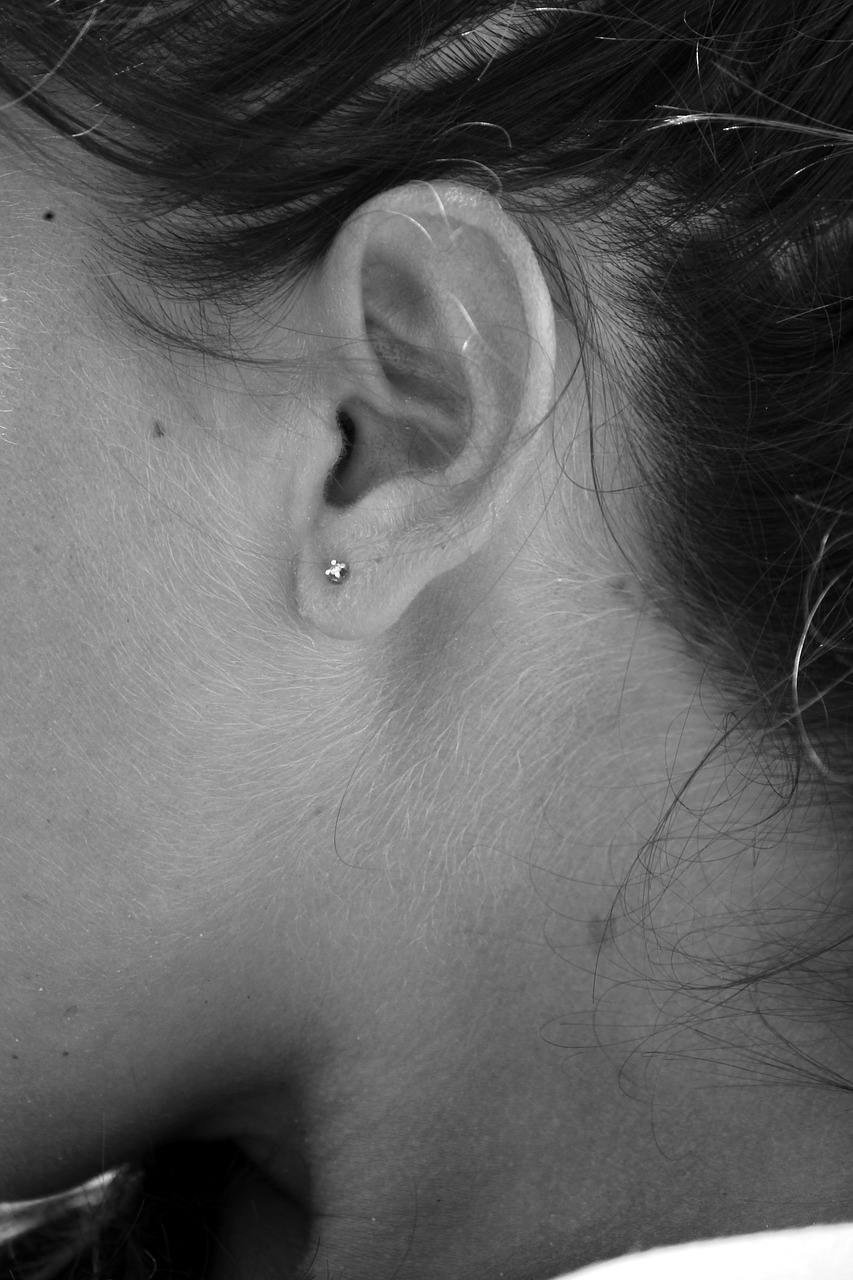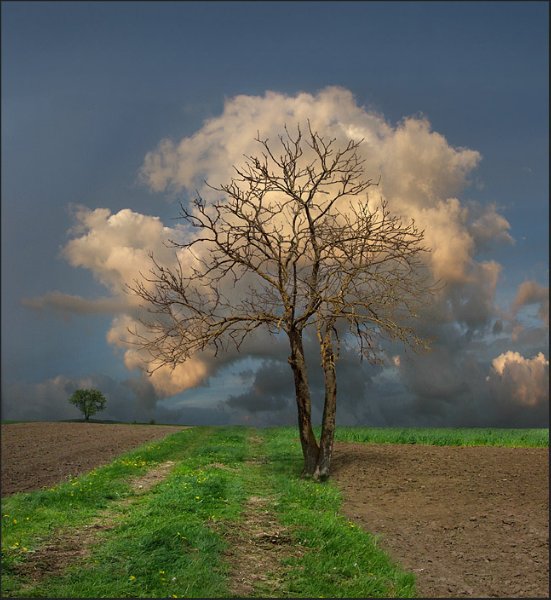
Is it important to have a good imagination? Or is it, as at first glance we might be inclined to think, perhaps a little trifling, maybe something important for children but not very necessary for adults? I guess that depends on what the imagination is. I fairly recently came across a very interesting definition of the imagination while listening to an interview of Stephen Prickett discussing George MacDonald, an influential Scottish writer of fantasy (and other genres) in the Victorian period, who had a particularly profound influence on C. S. Lewis. Lewis, in fact, described his initial encounter with MacDonald’s imaginative work as a conversion or baptism of his own imagination; “It did nothing to my intellect nor (at that time) to my conscience. Their turn came far later… The quality which had enchanted me in his imaginative works turned out to be the quality of the real universe, the divine, magical, terrifying, and ecstatic reality in which we all live” (George MacDonald: An Anthology, xxxviii). So here we already see the great, potentially even transformative, power of one imagination upon another. It altered the way Lewis saw the world and the realm of the possible. And it’s perhaps telling that his imaginative transformation was more basic for him than other aspects of his nature; it set the groundwork for the rest of him to follow. It was Lewis, I believe, who first made me step back and consider what imagination is, before which I, perhaps naively, conceived of it (based upon the root word) simply as the power of the mind to contain and produce images. But Lewis, in the weirdly titled essay “Bluspels and Flalansferes,” intriguingly referred to the imagination as “the organ of meaning,” whereas reason is the “organ of truth,” the former being the more basic. These points certainly present the imagination as something far beyond a trifling affair, and rather something that is at the very heart of the human person.
Similarly, I came across a description of the imagination in an essay by David Bentley Hart (for my money perhaps one of the most insightful minds currently writing) titled “The Pornography Culture,” in which he speaks of the central importance of the imagination, and by implication the need to guard it from depraving influences. There he writes (reminiscent of Pr 4:23), “the imagination is, after all, the wellspring of desire, of personality, of character.” Here, again, we have the imagination described as of profound central importance to the human person, such that how one’s imagination is formed will determine the possible range of meaning that one can perceive, and the possible ways in which one may view the world.
On yet another note, also striking is Mary Midgley’s statement, “Facts will never appear to us as brute and meaningless; they will always organize themselves into some sort of story, some drama,” pointing to the inevitably “storied” nature of the way we see the world (Evolution as Religion, 4). The form which that story takes will naturally depend on the character of our imagination.
Similar to these perspectives, I think, is the one Prickett recounts of George MacDonald’s view (via Samuel Coleridge) of the imagination. As he explains,
It was [conceived of as] a great integrating faculty that brought all our sense impressions, all our thoughts, all our understanding, together into a single package. And of course each of us has a different imagination because each of us has been through different experiences. I once went for a walk in a very beautiful part of the country with a friend of mine who is an expert on birdsong, and he said, “How many birds can you hear?” And I listened and I very boldly said, “Five or six.” And he said, “I can hear forty.” He had a trained ear, and that was, if you like, the difference between our imaginations at that stage. He could form and integrate what was coming into him into a far more profound pattern of sound than I could.
Here imagination is the central, integrating faculty of the whole person, involved in a dynamic relationship with the world, ever expanding as it interacts with reality (that is, ultimately, God); or, no doubt, diminishing as it entertains false reality. These accounts approach the nature of the imagination from different angles--seemingly not irreconcilably so--but in every case the imagination is something connected to the deepest part of ourselves, forming the range of possibility of what we can and cannot see of reality. One is reminded of Goethe’s commonly quoted line, “Few people have the imagination for reality.” It perhaps informs the fabric or framework of our whole inner world, through which we interpret everything else, having to do with “the power that underlies thoughts,” as MacDonald said in The Fantastic Imagination. Do we give enough attendance to these truths? Do we seek ways in which to enrich or even “baptize” our imaginations, thereby renewing our minds and our vision of the “divine, magical, terrifying, and ecstatic reality in which we all live”? Indeed, how might we do that? If Lewis is a guide, encountering those with rich and profound imaginations embodying deep (perhaps even pre-cognitive) truths is one way. In any case, these, I think, are questions worthy of reflection.
 I was 27 years old when my daughter, my only child, Ellie, was born. It took years to conceive her, and then suddenly, on a pre-dawn Saturday morning, my water broke like the rainstorm that always arrives on days a meteorologist has confidently assured you, “Enjoy, folks. Today will be a sunny 70 degrees.” There were no signs Ellie would be a full three weeks early.
I was 27 years old when my daughter, my only child, Ellie, was born. It took years to conceive her, and then suddenly, on a pre-dawn Saturday morning, my water broke like the rainstorm that always arrives on days a meteorologist has confidently assured you, “Enjoy, folks. Today will be a sunny 70 degrees.” There were no signs Ellie would be a full three weeks early.


